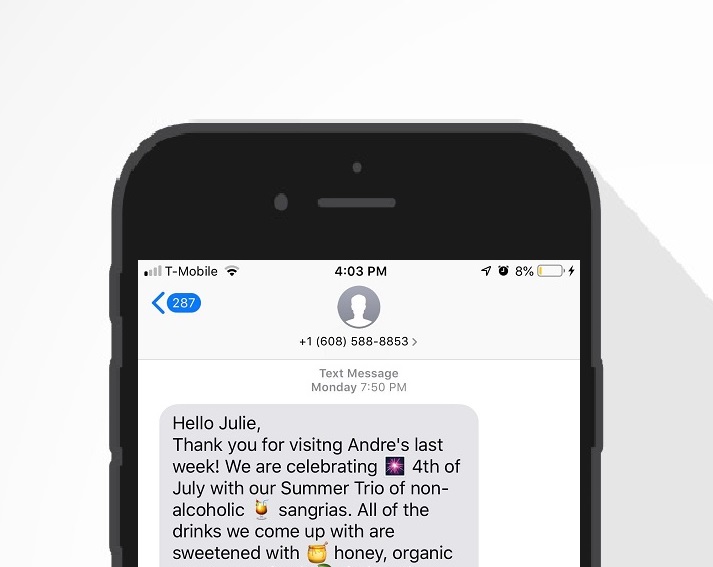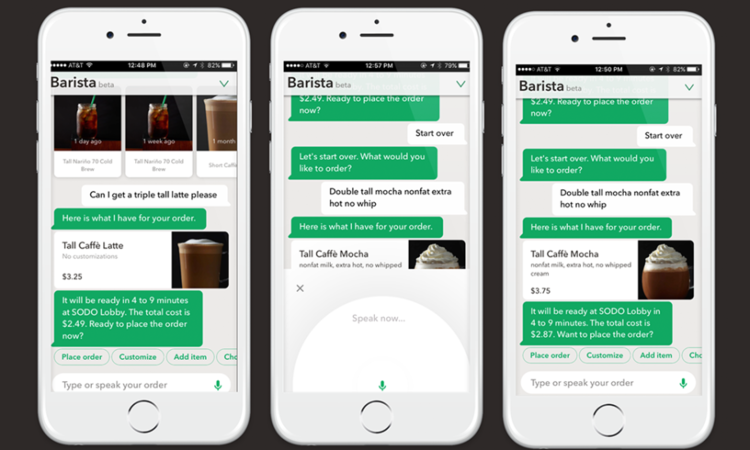Though the popularity of chatbots is finally starting to catch up the hype that has existed around chatbots for a few years now, they’re still not being used as much as people hoped. According to one survey of millennials (the largest demographic of chatbot users), 55% said that chatbots needed to be more accurate at understanding what is being said do them and 30% said that chatbots needed to do a better job of sounding conversational and human. If millennials who tend to be more receptive to new technologies, are hesitant to use chatbots, then older demographics will certainly not adopt this technology in its current form. If you’re going to spend the time, effort, and money to develop a customer service chatbot, you want to make sure that people are actually going to want to use it. The following five tips can ensure that your chatbot sees some use.
Your chatbot will make plenty of mistakes, what matters is that both you, and your chatbot, learn from those mistakes. You should be paying attention to analytics especially drop-off points in the conversation. When are people exiting the conversation and why? What failures in your chatbot are causing people to give up? If you can pinpoint specific problems and address them, you’ll see fewer drop offs and more return users.
A lot of the problems with chatbot-customer interactions can be solved by understanding the human side of the equation. What do your customers want and need from your chatbot? How do your customers want to be communicated with? Which personality traits in your chatbot will make them easier to communicate with? The more you understand your audience, the more prepared you will be to design a chatbot that can effectively communicate with them.

Though communicating with chatbots is a form of written communication, it has more in common with verbal communication. That’s because humans are accustomed to using verbal communication techniques in their written communication when that written communication is taking place via text or instant messaging platform. We speak and text in fragments. We use slang and shorthand. When it comes to texting and messaging, we often use emojis and acronyms to facilitate faster communication. One way to address this when it comes to your chatbot is to try and program it with the ability to understand some of these conversational uses of language. Another thing you can do is have your chatbot guide the user to phrase questions in a way it’s more likely to be able to understand.
People are more likely to speak to your chatbot if they enjoy speaking to your chatbot–no surprise there. One of the ways to make it more enjoyable for the user is to give your chatbot a personality to the degree that’s possible with artificial intelligence. You can program in some witty or humorous responses to frequently asked questions or just use very specific diction to establish a certain tone in your chatbot. Many brands have found it useful to come up with an illustration to go along with the personality.

Auto-response buttons that require users to select from a number of pre-written sentences can help limit the parameters of the conversation. On the one hand, this may feel restrictive to the user who wishes to have a more open-ended conversation with the bot and it can lessen the conversational feel of the interaction. But on the other hand, auto-response buttons help limit the scope of the conversation so that the conversation stays on track and the chatbot is more likely to be able to provide assistance for that customer.
Discover how Equiitext will enable your business to have engaging conversations with you customers with our patented AI messaging platform! Create your Business Messaging Account.